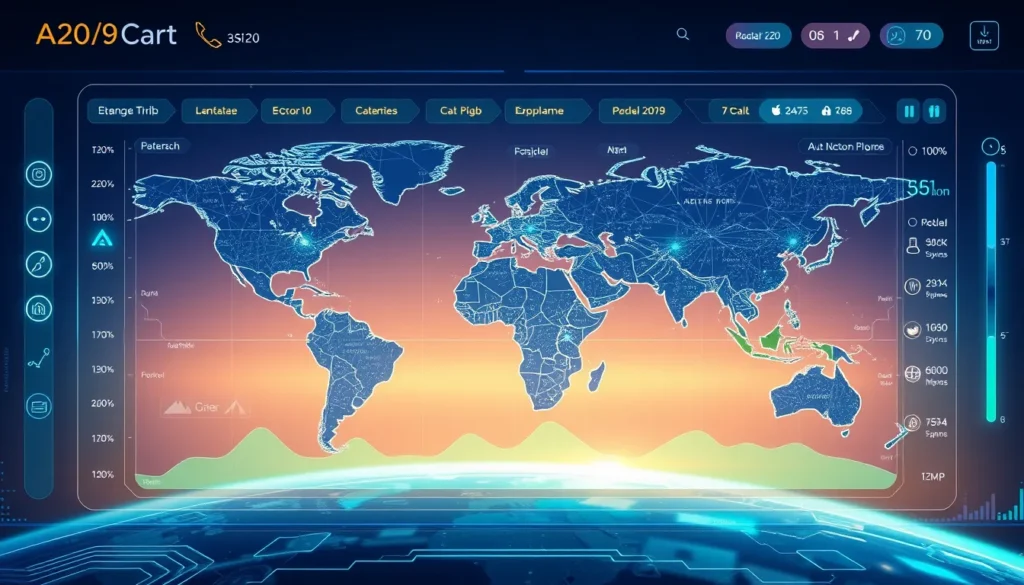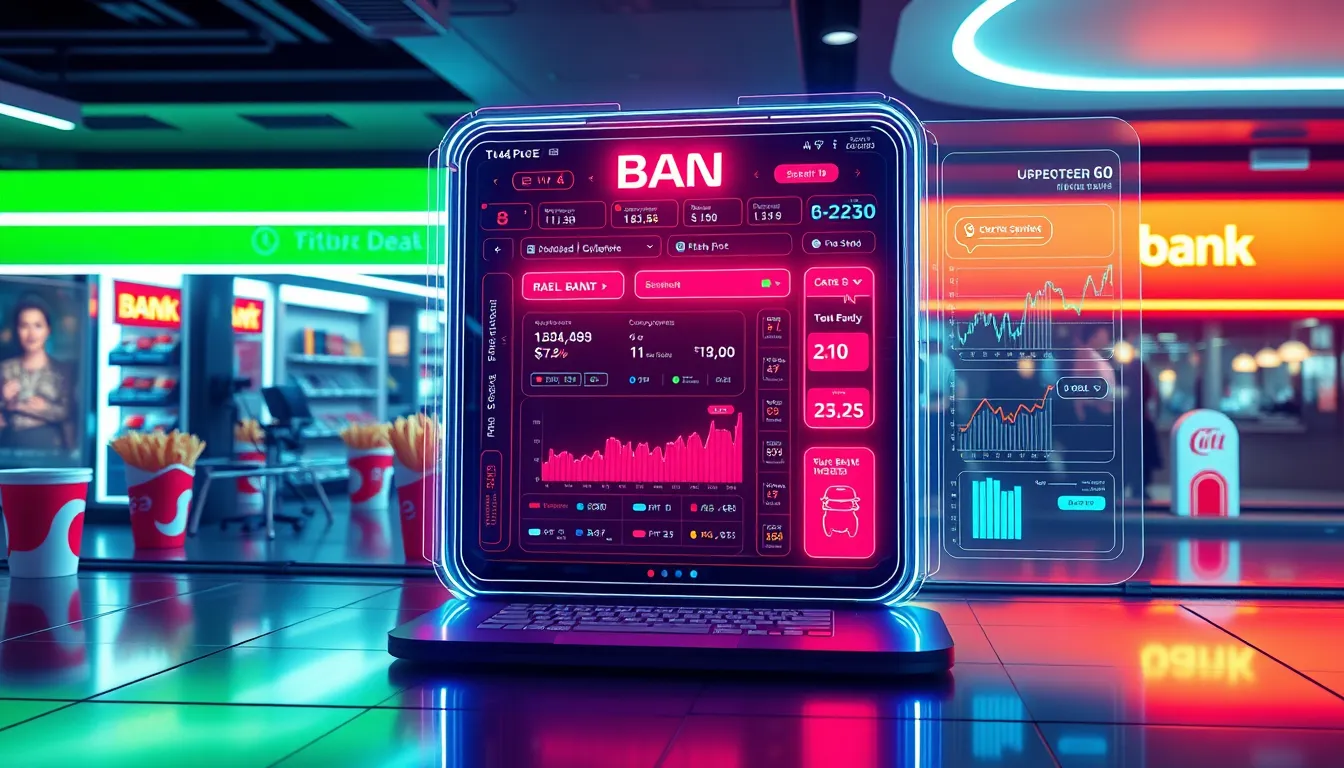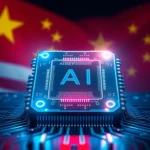Now Reading: Innovative Zencoder AI Quality Assurance Tool: Revolutionizing Software Testing
-
01
Innovative Zencoder AI Quality Assurance Tool: Revolutionizing Software Testing
Innovative Zencoder AI Quality Assurance Tool: Revolutionizing Software Testing

Innovative Zencoder AI Quality Assurance Tool: Revolutionizing Software Testing
In today’s fast-paced software development landscape, manual QA testing is no longer enough to keep up with market demands. Enter the Zencoder AI quality assurance tool—a powerful, AI-driven solution designed to drastically reduce testing time while ensuring high standards. This article explores the benefits, mechanisms, and future potential of this innovative tool, which is setting a new benchmark in automated quality assurance.
Breaking Down the Zencoder AI Quality Assurance Tool
The Zencoder AI quality assurance tool is shaking up the tech industry with its state-of-the-art capabilities. It leverages machine learning algorithms and real-time data analytics to identify software bugs, detect performance issues, and ensure overall robustness. Here are some key features that define this tool:
- Advanced AI Algorithms: Utilizes complex machine learning techniques to predict and detect issues quickly.
- Automated Testing Cycles: Reduces traditional manual cycles from days to mere hours.
- Real-Time Analysis: Provides immediate feedback, enabling faster iterations and quicker releases.
- Comprehensive Coverage: Addresses functional testing, performance issue testing, and security vulnerabilities.
How the Tool Transforms Quality Assurance
The rise of the Zencoder AI quality assurance tool marks a pivotal transition in the software testing process. Traditional QA often relies on repetitive manual tasks that are both time-consuming and prone to human error. With this tool in place, companies can benefit from:
- Efficiency and Speed
- Automated quality assurance for software development is performed in a fraction of the time compared to manual testing.
- Developers receive near real-time feedback, helping them correct issues faster.
- Cost-effective Operations
- By reducing the need for extensive manpower, operational costs decrease significantly.
- Streamlined testing processes mean better allocation of resources across projects.
- Enhanced Accuracy
- The tool minimizes human error by employing data-driven algorithms for bug detection.
- This reliability leads to more robust and user-friendly software products.
Integrating Machine Learning in QA
Machine learning is at the core of every breakthrough in modern technology, and quality assurance is no exception. The Zencoder AI quality assurance tool uses adaptive learning models that continuously improve by analyzing each testing cycle. This innovation helps in identifying subtle patterns that may indicate underlying issues before they escalate. For instance, the tool can be programmed to detect even the smallest inconsistencies in code, thereby ensuring that performance issue testing is both precise and thorough.
Moreover, as more software systems get integrated with AI-powered testing solutions, the overall standard of product quality is bound to improve. This transformation is not just about automation; it’s about ushering in a new era of reliability and excellence in the tech industry.
Addressing Challenges with Automated QA
While the benefits of the Zencoder AI quality assurance tool are significant, it is important to understand its impact on traditional QA roles. This article addresses common queries such as:
- How does an AI-powered tool reduce manual QA testing with AI?
- What are the implications for teams accustomed to conventional testing methods?
- How can companies effectively transition to a more automated quality assurance process?
The answer lies in embracing change and combining human expertise with technological advancements. Rather than replacing human testers, the system acts as a powerful assistant to handle repetitive tasks, enabling QA professionals to focus on complex problem-solving and creative testing strategies.
Key Benefits and Long-Term Impact
Adopting the Zencoder AI quality assurance tool offers several long-term advantages for software developers and businesses alike:
- Accelerated Online Deployments: Faster and iterative testing methods lead to quicker release cycles, keeping businesses ahead in competitive markets.
- Improved Product Stability: The reduction in manual errors ensures that the final product is reliable and future-proof.
- Expanded Capabilities: As AI continues to evolve, tools like these will only become more sophisticated, further driving innovation in QA processes.
Companies that integrated this tool early are already seeing significant improvements in product performance and customer satisfaction. For further insights on emerging QA technologies, you might consider exploring additional resources on websites such as the official pages of tech industry leaders like Microsoft and IBM, which offer valuable perspectives on machine learning and automation trends.
The Future of Quality Assurance is Here
The journey of quality assurance has been long, evolving from manual checklists to highly automated, AI-driven systems. The Zencoder AI quality assurance tool stands as a prime example of innovation at work. As the software industry races toward digital transformation, embracing technologies that reduce QA time and enhance testing accuracy is not just beneficial—it’s essential.
In conclusion, the integration of the Zencoder AI quality assurance tool into the software development lifecycle represents a monumental shift. Its ability to automate tedious tasks, harness the power of machine learning, and provide rapid and reliable testing results positions it as a cornerstone of modern quality assurance automation. As businesses continue to adapt to the digital age, tools like these are becoming indispensable, ensuring that quality is maintained even as speed and efficiency take center stage.
By adopting such advanced solutions, companies not only improve product stability and performance but also set a higher standard in quality assurance that is likely to drive the next wave of technological innovation.
With each development cycle, the future becomes more streamlined and potent, marking the dawn of an era where AI redefines the boundaries of software quality and innovation.

























